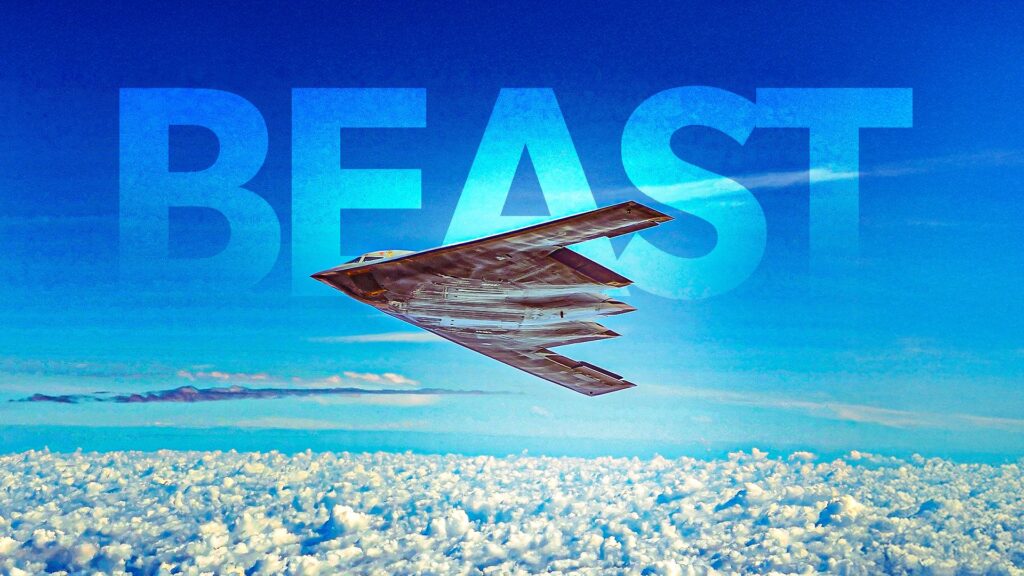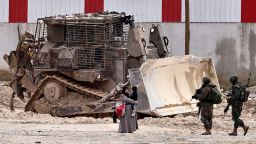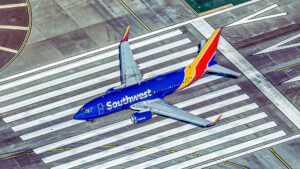
The Northrop Grumman B-2 Spirit stealth bomber has become a cornerstone of modern military aviation since its introduction. Recognized as the first true stealth bomber, the B-2 is a fifth-generation strategic aircraft with advanced capabilities that have set the standard for future military aviation. It was designed to ensure that the United States maintains a strategic advantage over potential adversaries, demonstrating its significance through various combat operations.
Innovative Design and Engineering
The B-2 Spirit’s unique flying-wing design represents a remarkable achievement in aerospace engineering. This configuration not only enhances aerodynamic efficiency but also significantly reduces radar visibility. The concept, pioneered by engineer Jack Northrop, was realized decades after its initial conception due to advancements in technology. Remarkably, Northrop lived to see the B-2’s development, expressing his fulfillment at witnessing the aircraft that embodied his vision.
The B-2 employs a sophisticated fly-by-wire system, reliant on a computer-controlled flight mechanism that allows for precise operation of its complex control surfaces. This technology, combined with innovative aerodynamic theories, enables the B-2 to perform exceptional maneuvers while maintaining stability. However, it also played a role in a notable incident where one aircraft crashed during a training mission in Guam.
Significantly, the B-2 program pushed the boundaries of aerospace engineering, necessitating the development of new materials and manufacturing processes. Northrop Grumman collaborated with various specialists to ensure that the aircraft met stringent performance, cost, and risk management criteria. Rigorous testing confirmed the aircraft’s structural integrity, with engineers pushing its airframe beyond 161% of its design specifications, showcasing the program’s commitment to excellence.
Global Reach and Stealth Capabilities
The B-2 Spirit boasts an impressive operational range, capable of striking any target on Earth from its base at Whiteman Air Force Base in Missouri. With an unrefueled range of approximately 6,000 nautical miles (around 11,000 kilometers), the aircraft can extend its reach to over 10,000 nautical miles (about 18,500 kilometers) with mid-air refueling from a KC-135 Stratotanker. This capability allows the B-2 to conduct extended missions, often lasting 30 to 40 hours, which is crucial for strategic operations.
Stealth technology is at the core of the B-2’s design, minimizing its visibility across various detection methods, including radar and infrared. The aircraft’s smooth, curved surfaces and absence of traditional vertical stabilizers help deflect radar signals, while advanced composite materials and radar-absorbing coatings further enhance its low observable profile. Additionally, the B-2’s engines are integrated into the wings, reducing both infrared and acoustic signatures to make detection increasingly challenging.
The B-2 Spirit can carry a substantial payload of up to 40,000 pounds (20 tons) of conventional and nuclear munitions. All ordnance is housed internally, allowing the aircraft to maintain its stealth profile. This versatility includes the capability to deliver precision-guided munitions, modern standoff missiles, and even the 30,000-pound GBU-57 Massive Ordnance Penetrator, designed for deeply buried targets.
Transforming Military Strategy
The B-2 Spirit has revolutionized military strategy with its ability to conduct “first-night, deep-penetration strikes.” This strategy allows the bomber to penetrate enemy airspace undetected, targeting critical air defense systems and paving the way for subsequent waves of non-stealth aircraft. Its combat debut in 1999 during Operation Allied Force showcased its effectiveness, as B-2s accounted for approximately 33% of all Serbian targets despite flying less than one percent of the total missions.
Following the September 11 attacks, B-2 bombers played a pivotal role in Operation Enduring Freedom in Afghanistan, executing extended missions that included a notable 44-hour nonstop flight by the “Spirit of America.” This mission exemplified the B-2’s capacity to deliver precise strikes against key Taliban and al-Qaeda command centers while demonstrating its endurance and reliability.
The legacy of the B-2 Spirit continues to influence modern defense strategies, with its unmatched combination of stealth, power, and global reach making it an irreplaceable asset in the U.S. military’s arsenal. As military technology evolves, the principles and innovations established by the B-2 program will likely continue to shape the future of aerial warfare.







